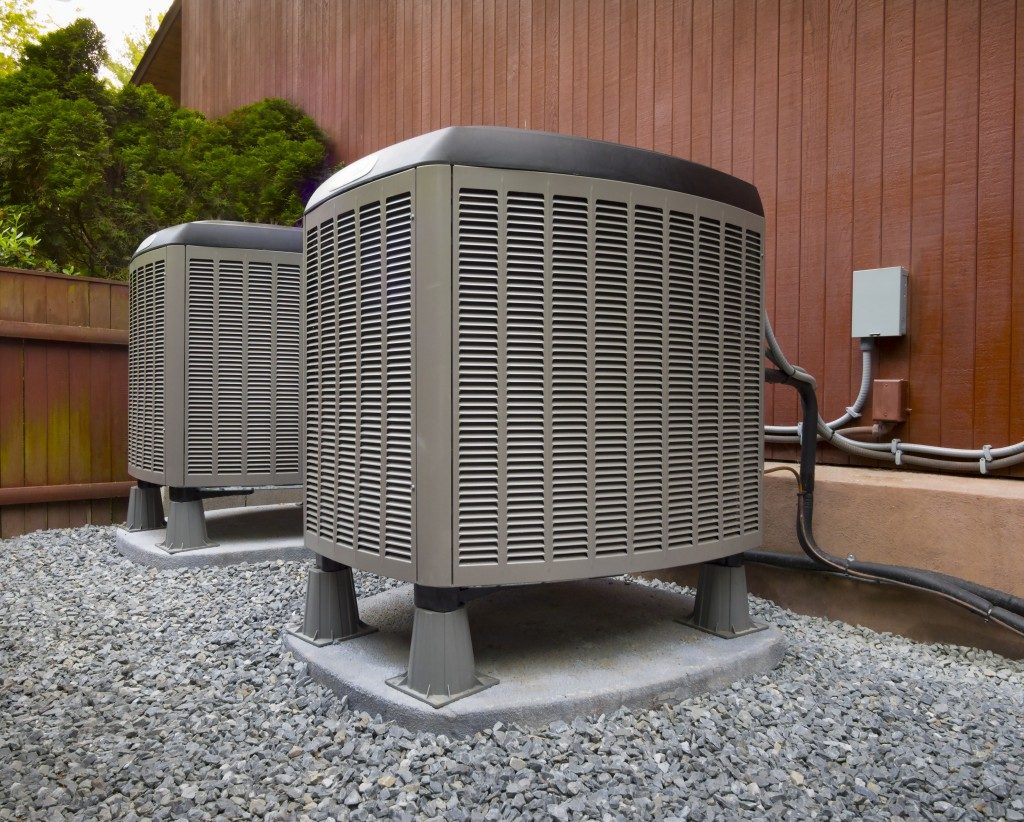In years past, few people spent much time indoors. Work was primarily handled away from home, and most entertainment gatherings took place in restaurants, cinemas, and parks. Nowadays, most people spend over twenty hours indoors thanks to the increase in home-based jobs and cost-cutting measures that have minimized entertainment outside the home. To match this shift, it is essential to have comfortable interiors.
The best interior home decor will nonetheless not do much without the best heating and cooling system for your home in Knoxville, TN. You, after all, would not want your guests and family to contend with frigid low temperatures and sweltering heat. The most crucial element of your unit is its distribution system. You want a system in tip-top shape to adequately transfer the heated or cooled air in your home while getting rid of the air in circulation. The following are the primary components of the distribution system of an HVAC system.
Fans
These will move the air in and out of your unit using motor-powered blades. The pushing will increase air pressure. With an increase in air pressure, the air will be heated using friction when it passes over the fan. This adds more heat into the air resulting in a rise of 1–5 degrees if the fan’s motor is located in your supply air stream. Axial and centrifugal fans are the most common in HVAC systems.
Coils
These are the heat exchangers that will transfer the energy between your energy-transport medium like the refrigerant, water, or steam to the supply air stream. The coils are generally made of copper and arranged in rows to maximize energy transfer. Air distribution systems have bare coils if the differential temperatures are high and extended fins in low temperatures. To maximize energy transfer, most HVAC units add the coil rows or fins.
Filters
These prevent the recirculation of airborne particulates into a building and protect the coils, fans, and other downstream HVAC equipment. Most air handlers move about 300-600fpm thorough an HVAC unit’s filters sections to ensure efficacy and avoid the creation of velocity with turbulent airflows. Electronic air cleaners, renewable fibrous roll filters, and fibrous medium panels are the common types of HVAC filters. Electronic air cleaners use ozone to attract and adhere articulates while the fibrous filters have different MERV ratings for the sticking of particulates of different sizes on their viscous surfaces.
Dampers

These will direct and control the air flowing through your system. The dampers are categorized according to their control type, leakage rate, or blade arrangement. The blades can be parallel or opposed with the latter having a more linear and precise airflow compared to the former. The control type can be two-position or modular with the modular type being more energy-efficient as it responds to airflow changes. A damper with a low leakage rate is generally a high-quality one.
Most HVAC installation guides will focus on the proper placement of your HVAC equipment. Few if any, will pay attention to the above air distribution components and the effect of your installation on their operation. Expert installation nonetheless focuses on this and other elements in your unit’s installation that impact your indoor comfort and energy costs.
